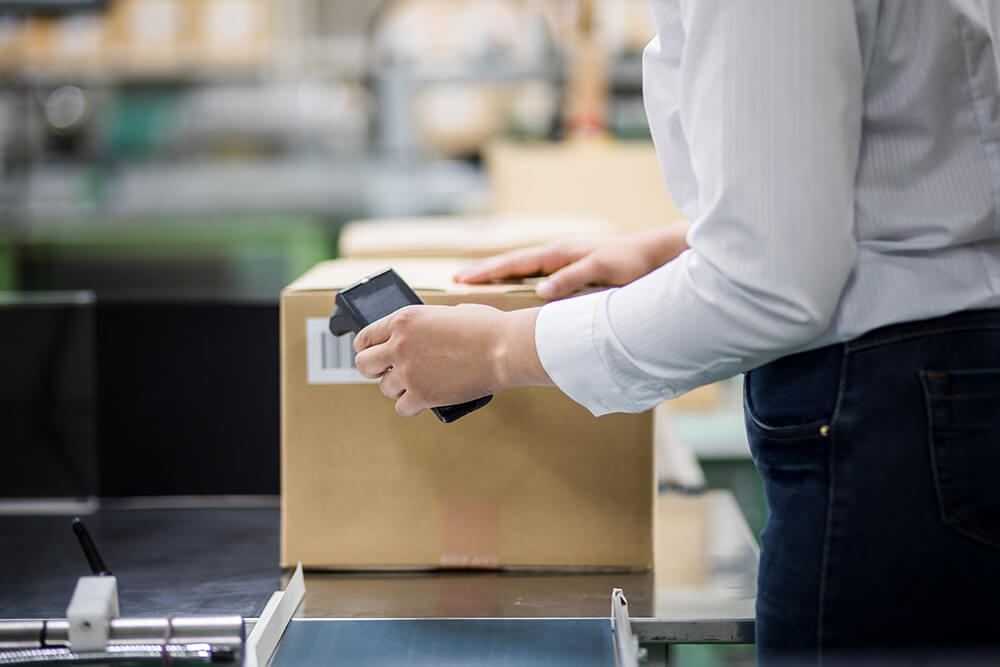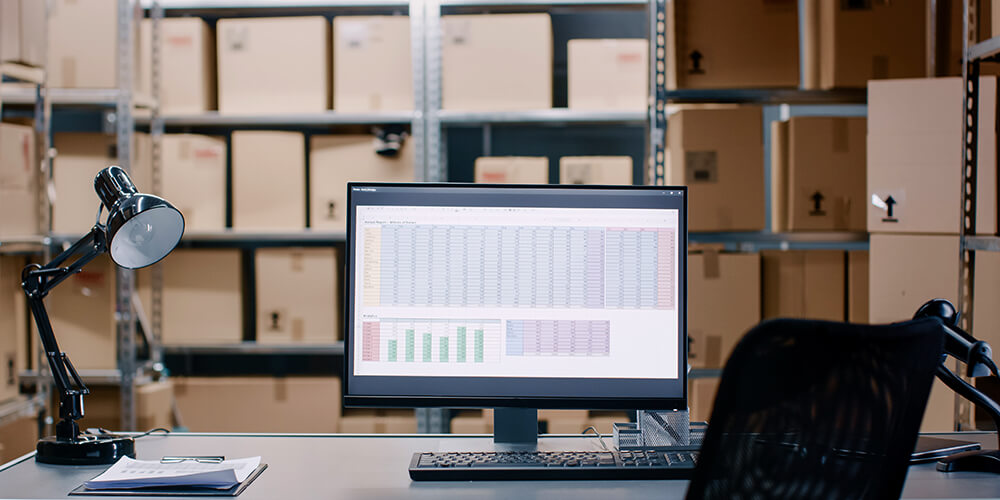RFID and its role in retail order fulfillment

If 2020 highlighted one particular trend in retail, it was the value of services like online ordering and click and collect.
As a global pandemic saw consumers increasingly wary about entering public spaces, online offerings became a retail lifeline, allowing stores to continue servicing their customers with products.
With the trend set to continue far beyond 2020, inventory tracking tools like RFID are playing an increasing role in facilitating this demand.
What do we mean? Well, here’s an insight into RFID and its role in retail order fulfilment.
The rise and rise of online retail
Late last year, the data confirmed what many of us had suspected, online retail had surged during a year which brought lockdowns and social distancing.
Australia Post data revealed November online sales had broken a record, and were up more than 20 per cent on the year prior, while Forbes explained the trend was likely to continue long beyond 2020 courtesy of the convenience of services like click and collect (aka Buy Online Pick-up In-store or BOPIS).
“Many customers who previously avoided digital sales channels as part of a physical retail experience are now experiencing it for the first time,” Forbes reflected.
“Given the convenience of BOPIS, a considerable number of these buyers are likely to stay on board, even once the outbreak subsides.”
In fact, Forbes even went so far as to note online ordering would be key to retail’s future.
The inventory challenge

As retailers navigate a landscape with a heavy focus on the omnichannel and online ordering, there are inherent challenges involved in keeping track of inventory across the physical and digital retail environment.
Consumers expect the stock they order online to be available for pickup as soon as possible, while in-store customers want to see products on the shelf.
Meanwhile, tracking items through the supply chain is critical to minimise out-of-stocks and ensure retail efficiency.
That’s where RFID comes into its own as a tool that improves supply chain and stock accuracy.
How RFID works
Used in passports, pet microchips and at road toll points, RFID is a tried and tested technology that allows a wealth of data to be housed in a simple and small chip.
This tag can be tracked using a scanner that reads the chip information. In the process, RFID allows for accurate up-to-the-minute stocktaking and can also track an item through the supply chain.
In fact, RFID has been found to revolutionise the supply chain, offering 99.8 per cent supply chain accuracy, according to a recent study.
RFID and its roll in BOPIS

Whether it’s locating products in the supply chain, in the warehouse or stocktaking items instore, RFID is proving a critical tool in the world of online ordering, facilitating services like BOPIS, online delivery and more.
It allows retailers to instantly ascertain and reconcile what stock they have available, providing this information to both associates in-store via the point of sale and across online platforms to consumers.
And in today’s retail environment that visibility is critical.
Global payments provider Ayden recently found lost opportunities cost Australian retailers $71 billion in lost revenue each year, with the biggest customer gripe being out of stocks.
They note out of stocks “weigh heavily on purchase abandonment and loyalty” and 83 per cent of consumers have chosen to leave a store and not make a purchase due to the item they seek being unavailable.
Meanwhile, recent studies reported that supporting a superior online experience requires 90 per cent inventory accuracy, however, most traditional retailers hover around 65 per cent.
Zebra Technologies vice president of North America Retail Sales, Pat Glennon, told Women’s Wear Daily RFID platforms can help increase inventory accuracy to 98 percent, while out-of-stocks can be reduced by 60-80 percent with item-level RFID tagging.
“By significantly increasing cycle count through fast and accurate scanning of inventory and cross-referencing databases to see what’s available in the store in real-time, mobile RFID technology can reduce out-of-stocks, which not only decreases lost revenues for the retailer but also improves the shopper’s experience and determines whether they will continue to be a customer or go elsewhere.”